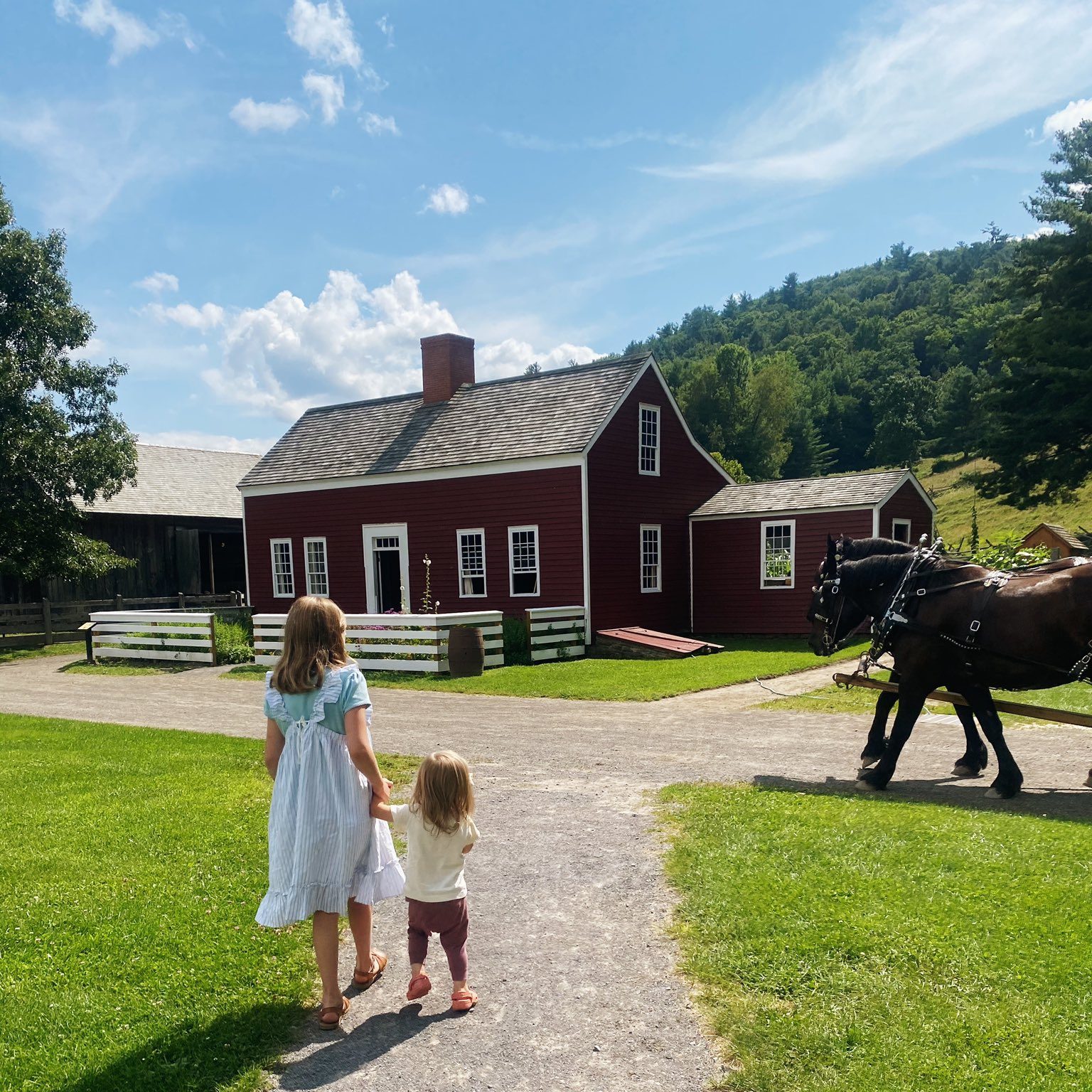Eric raised some good questions in the comments on my last post. I have been meaning to respond to those questions for some time (though not necessarily to answer them). Hopefully this response can make more clear a vision for the less-mechanized future that is inevitable.
In the last post I wrote that “natural-scale agriculture requires smaller farms than machine agriculture, which in turn means more farm families. The switch from human/animal agriculture to machine agriculture drove many farm families from their land and into the cities, and this process continues as the machinery gets bigger.” Let’s look at some of the numbers behind this. In 1900, over 50% of the US population lived on farms, meaning more than 38,047,000 people lived on farms. By 1990, this number had declined to 1.6% of the population, or 3,991,020 people.
If we assume that human scale farming would require roughly the same number of people living on farms as 1900, the would require about 34 million people moving to farms. I believe that a return to human-scale agriculture would actually require far more people than this to move to farms, but let’s use this number for now. That’s 34 million people whose food no longer has to be transported. A fair amount of those 34 million no longer have to drive to work either. This results in fresher food for those folks, plus significant saving in fuel and transportation costs.
However, a return to a human-scale agriculture cannot happen in a vacuum. It must be accompanied by a return to human-scale cities. These cities, by virtue of being human-scale, will be more numerous than current cities. Rather than shipping tomatoes across the continent in three days in a refrigerated Semi trailer, they will be transported to the local market in a horse-drawn wagon. Transportation will be drastically reduced, because the people will have been relocated to much closer to where the food comes from. This solves many of the “difficulties” of human-scale agriculture. Most of the others are solved by the personal attention that is absent in large-scale machine agriculture, but present in human scale agriculture.
